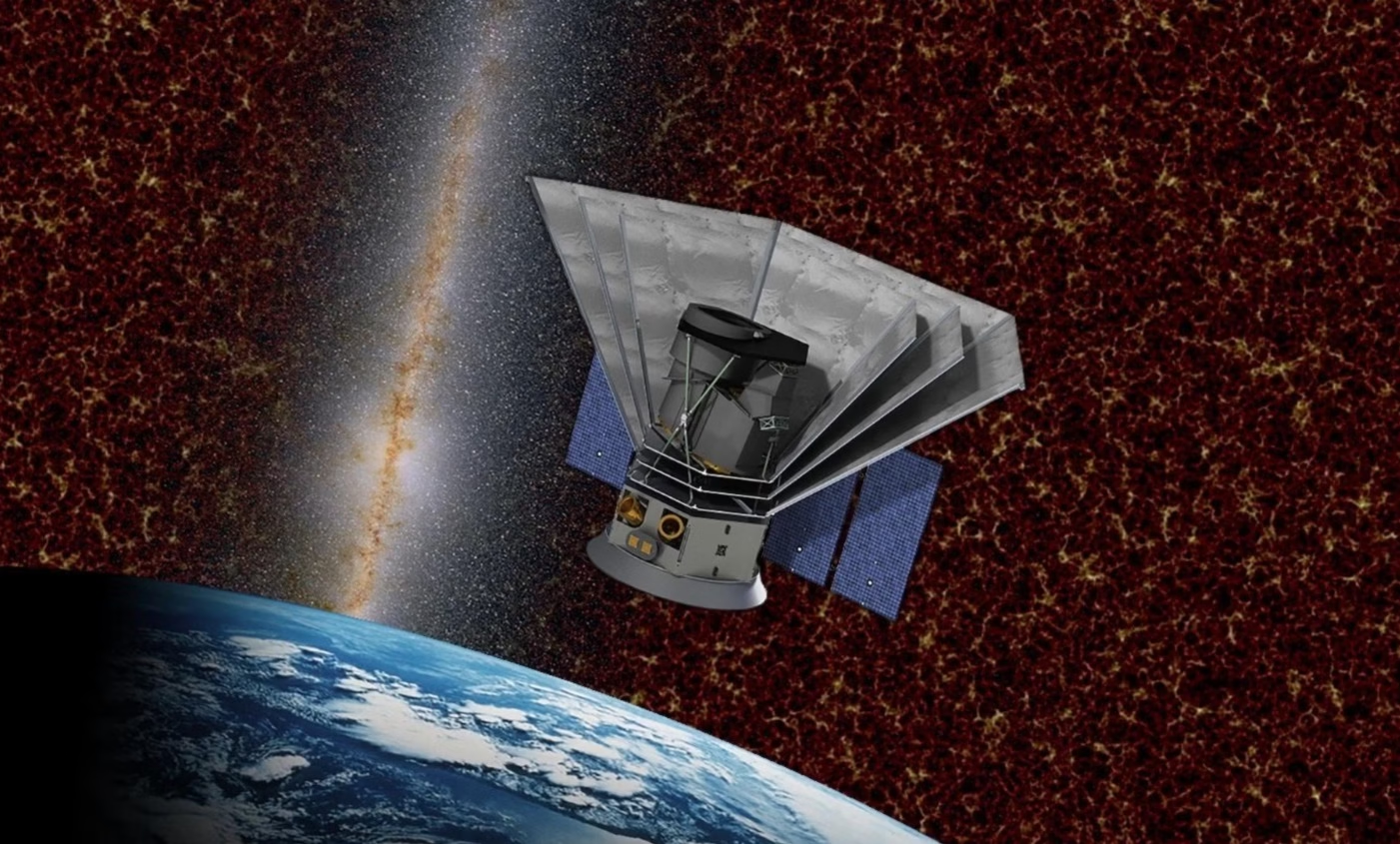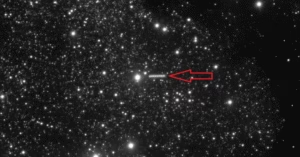SPHEREx has opened its eyes to the universe, delivering its first images like never before
Fez– The universe just got a little less mysterious, and a lot more photogenic. NASA’s brand-new SPHEREx space telescope has officially opened its eyes and shared its first-ever infrared images of deep space, marking the start of what’s shaping up to be a groundbreaking mission in cosmic cartography.
Now, SPHEREx isn’t your typical stargazing telescope. It’s not just here to take pretty pictures of galaxies, it’s here to map the entire sky in spectral detail.
Think of it as a cosmic historian-meets-chemist, aiming to uncover the secrets behind how galaxies form, where water begins its interstellar journey, and what’s hiding inside the dense clouds where stars and planets are born.
What makes SPHEREx so special?
The telescope can detect wavelengths between 0.75 and 5.0 microns, right in the sweet spot of the infrared spectrum.
That’s a big deal because infrared light can sneak through cosmic dust clouds that usually block visible light.
Imagine an X-ray, but for space: just like a broken arm gets revealed behind your skin, SPHEREx reveals the bones of the universe: galaxies, icy molecules, and star-forming nurseries hidden behind veils of dust.
Over the next two years, SPHEREx will scan the sky four full times, gathering data from hundreds of millions of celestial objects.
It’s basically doing the most detailed all-sky spectral survey in human history. Not bad for a new kid on the galactic block.
SPHEREx is zooming in on some pretty big cosmic questions. One of its main goals? To trace the origin and journey of water.
Yes, water. As in the stuff that makes up 60% of your body and 71% of Earth’s surface. Turns out, it might have been hitchhiking across galaxies long before Earth even existed.
Scientists believe that icy dust grains in the spaces between stars (what they call “interstellar medium”) could be the very building blocks of water delivery systems.
SPHEREx is going to analyze the chemistry of these cold clouds to figure out where water forms, how it travels, and whether it’s baked into planets from the start, or added later via crashing comets and asteroids.
Basically, we’re talking about tracing the cosmic water cycle, and unlocking one of the biggest mysteries about life in the universe.
After its launch, SPHEREx underwent a meticulous technical checkup at NASA’s Jet Propulsion Laboratory.
One key milestone? Reaching a chilling -210°C, the precise operating temperature it needs to detect faint infrared signals. If it ran any warmer, the whole mission would risk failure.
But good news: the first images show the optics are on point. The telescope’s lenses, installed before launch and now unchangeable, are working flawlessly.
That’s a huge relief for the engineers who spent years designing and building this high-stakes instrument.
What’s next? A 3D map of the entire universe
By late April, SPHEREx will go fully operational, and the astronomical world is buzzing.
The mission is expected to deliver the most accurate and expansive 3D map of the universe ever created.
And it’s not just pretty, this map could completely reshape what we know about galaxy evolution, water’s interstellar journey, and the potential for life beyond Earth.
In other words, space just got a whole lot more interesting. And this is only the beginning.
Read also: 14th Edition of Les Théâtrales Brings Laughter and Thrills
















